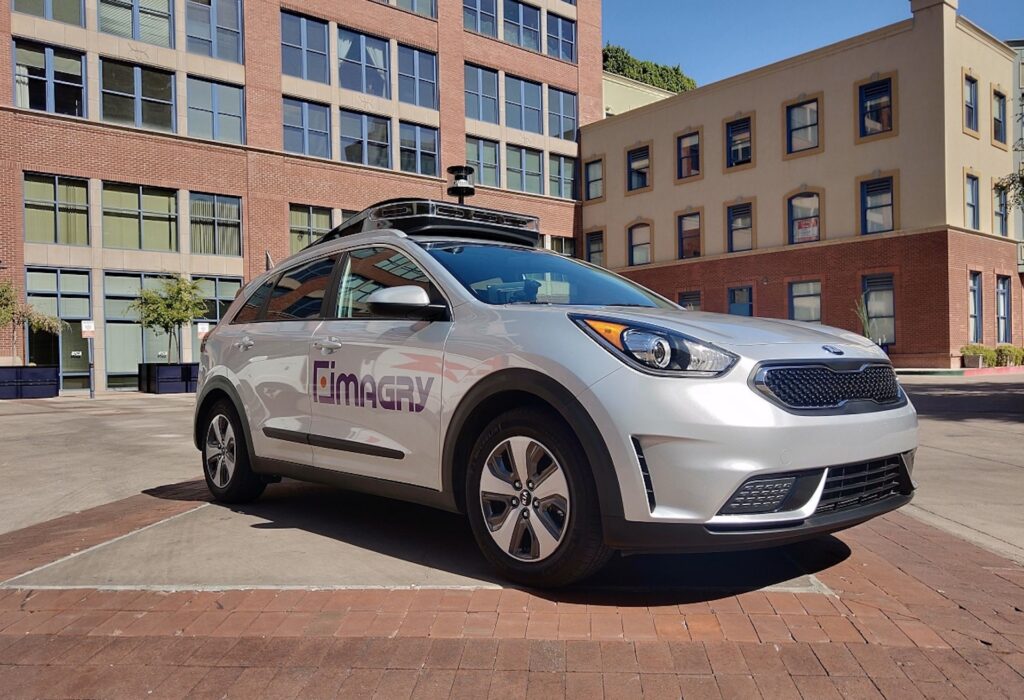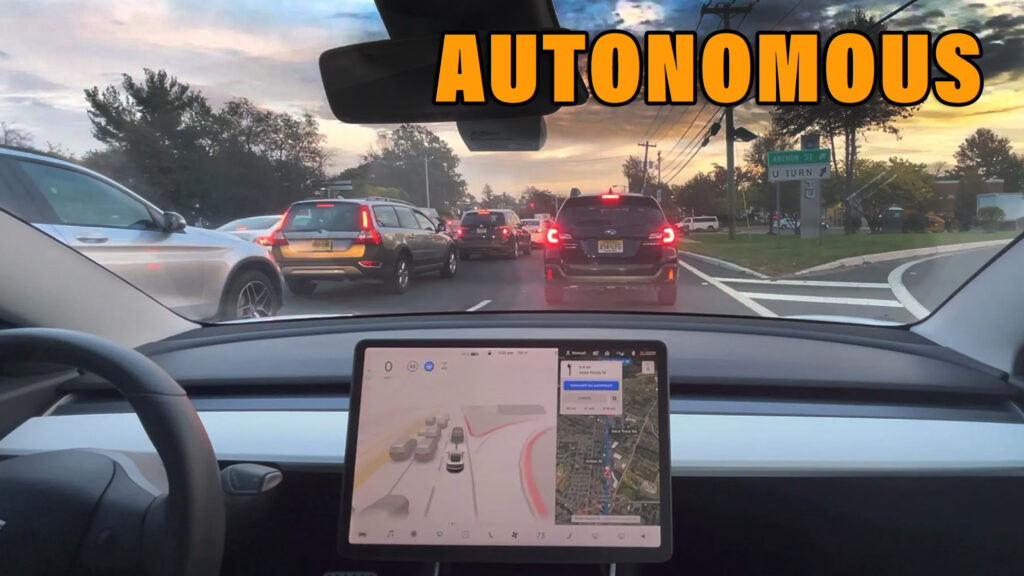Take any great technological advance and you’ll find that it has had to fend off competition from other, different solutions to the same problem along the way. Thomas Edison and Nikola Tesla fought over AC and DC current, Sony’s Betamax duked it out with rivals backing the VHS tape system, and now firms developing autonomous vehicles are butting heads about a keystone for self-driving technologies.
Some firms are convinced that self-driving cars need to work off highly detailed maps of their environment that provide advanced information about road layouts, stoplights, pedestrian crossings, and potential hazards. They also need Lidar or camera tech to help them spot movable dangers, like cars and cyclists, but the foundation of their system is a solid bank of map data.
But other companies, including Tesla and Israeli startup Imagry, don’t want maps. They say it’s ridiculous to try to map the entire world in minute detail, especially when construction projects and detours could render the information obsolete almost as soon as it’s gathered. Instead, those developers think autonomous cars should use their sensor tech to spot, assess and respond to obstacles on the fly, just as the human brain does.
Related: Jeep Is Working On An Autonomous Off-Roading Grand Cherokee 4xe

Imagry demonstrated its autonomous tech this week by driving through chaotic Tel Aviv traffic, successfully avoiding the kind of obstacles and hazards a busy city throws at a driver. Imagry’s system does use a basic navigation system, but not a specialized, highly detailed one developed for self-driving purposes.
“There is no industry standard. There are multiple paradigms being worked on by multiple companies,” Raj Rajkumar, an engineering and robotics professor at Carnegie Mellon University told Automotive News. “The best ideas will come out on top.”
But while Rajkumar thinks mapless systems, or ones using only basic map data, might be fine at lower levels of autonomy and maybe even at higher levels in good weather, he believes highly-detailed maps will be necessary in bad weather conditions.
However, Imagry disagrees, with the company already operating an autonomous bus at an Israeli hospital, and planning to sell Level 3 and 4 tech to automakers, claiming it will be cheaper than an HD map-based equivalent.
Which kind of system would you feel safer driving you home?
H/T to Auto News




